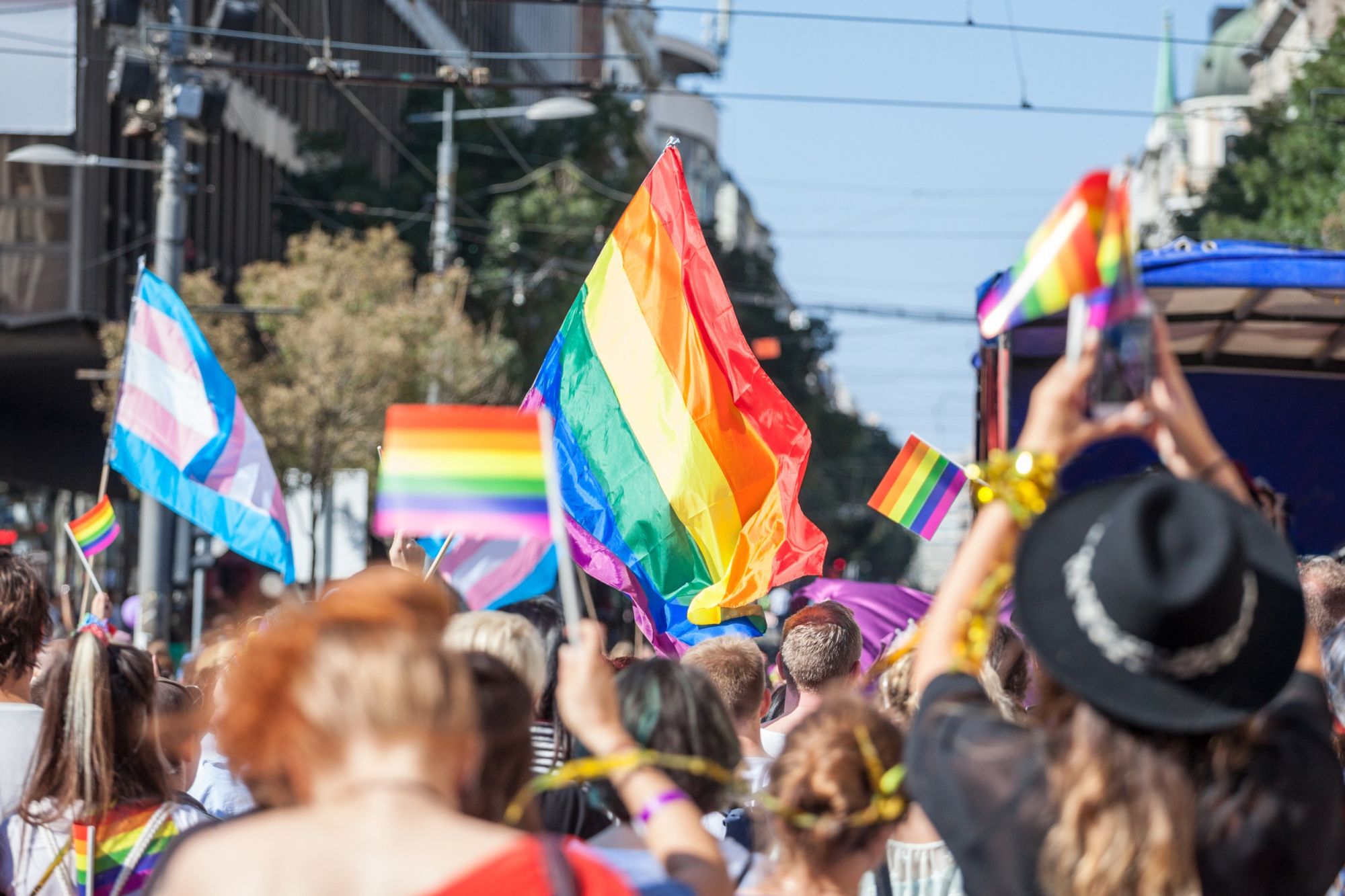The LGBTQ+ Community Has $3.7 Trillion In Purchasing Power; Here's How We Want You to Sell to Us. For businesses, Pride Month should be about more than slapping up a rainbow and calling it a day.
By Nick Wolny
Opinions expressed by Entrepreneur contributors are their own.

The rainbow monsoon is here: June is LGBTQ+ Pride Month, and my feeds are flooded with colorful brand campaigns and slogans.
Related: Promoting Inclusivity Beyond Pride Month: Why We Should Support the LGBTQ+ Community Year-Round
While these steps toward inclusion signify progress, it's important that we use Pride Month as a time to highlight hot-button topics and challenges our LGBTQ+ communities face.
Let's not let the pride marketing machine dilute the present-day gay experience.
This affects entrepreneurs because brands that reach the heart of the queer community with their messaging and support are likely to see a financial ROI. But that messaging has to get it right: Merely sapping a rainbow across your logo to avoid seeming tone-deaf no longer cuts it.
The numbers
There's still conflicting information on whether gay people earn more or less than their straight counterparts. As a community though, our purchasing power is inarguable -- an estimated $3.7 trillion globally, according to LGBT Capital; so brands that go beyond "Rainbows for June" and instead work to capture the essence of LGBTQ+ culture will win our dollars again and again.
As a media and messaging strategist myself as well as an LGBTQ+ board member, I've watched many brands bandwagon on to Pride Month for a quick buck. (I've also seen my community flock to brands that properly acknowledge us.)
If you're one of the brands in the latter category, here are four ways you go deeper and win our eyeballs, hearts -- and wallets.
Normalize rather than stereotype.
A recent Gillette advertisement, in which a father teaches his transgender son to shave, is a perfect example of normalization.
Putting the LGBTQ+ community on a rainbow pedestal for one month a year and screaming "We accept you!" is nice, but we feel really nice when you take a risk and incorporate us into regular, everyday depictions of life. Another example: Check out the Campbell's Soup commercial in 2015 featuring two dads in the kitchen with their son.
Related: How 10 Brands, Including Apple and Facebook, Celebrated Pride 2017
Keep in mind, here, that the LGBTQ+ community is fractured when it comes to visibility and progress. A transgender woman of color, for example, sees more day-to-day challenges to her lifestyle and existence than a white gay man, who by contrast has likely been out and visible for years.
The bottom line, however, is that when you normalize our communities in media and help tell our stories, we notice, and our brand loyalty is real.
Know the issues.
Some businesses may revert to rainbow branding because they're not sure what the LGBTQ+ landscape looks like and don't want to offend. But they shouldn't worry: A brand that chooses even one touchpoint of the gay or trans experience can create a degree of specificity and understanding that lifts it above other brands.
For example, as legal gay marriage continues to expand across the globe, LGBTQ+ couples and families have newfound needs (and newly available consumer spending) around retirement and estate planning.
However, discrimination still runs rampant; In the United States, 29 states still allow discrimination against LGBTQ+ people on employment or housing applications as of this writing. So we need to know if you're in our corner.
Don't have a huge marketing budget or time to research and deliver multiple campaigns? Invest in influencer marketing and partner with queer voices to help spread their message and encourage engagement.
Highlight organizations doing the work.
Pride celebrations and parades have become more commercialized in the last ten years.The concern within the LGBTQ+ population is that the essence of a pride parade -- highlighting local activists and grassroots organizations -- is getting drowned out by corporate participation. In last year's New York City pride parade, for example, several previously participating organizations were bumped.
If you don't know what organizations operate in your city or state, that's okay; find someone that does, contact local groups and help amplify their cause. Spotlights on local organizations can be an inexpensive-yet-effective marketing strategy, and charitable giving raises brand loyalty with young people.
Most pride organizations are deeply connected with their local organizations, and their websites often list donation recipients. San Diego Pride, for example, listed in a press release the 59 local and state organizations that would receive the windfall of the organization's $170,000 donation in 2018.
Related: 4 Marketing Lessons From 'Mayor Pete' Buttigieg
Good news: We're gay 12 months a year.
Why compete for our eyeballs during the rainbow tsunami that is June when you can be winning us over (and winning over allies of our community) year-round? This is red ocean/blue ocean strategy at its finest.
We have more data than ever on our consuming habits and trends. For the first time, the Nielsen ratings now provide a separate statistic for LGBTQ+ households. While it captures only households of LGBTQ+ couples, and has a modest sample size of 47,000, it's a step in the right direction and provides important insight on what types of entertainment have us engaged.
And while we're still fighting for representation in larger surveys like the U.S. Census, every acknowledgment that we exist is both a step forward and a source of more information about what we like to consume.
Also, in a British survey, a whopping 33 perecent of Generation Z individuals polled identified as LGBTQ+. The lesson for businesses: Resolve to capture the attention and trust of queer young people now, and you'll more likely see snowballing consumer loyalty in the future.
Right now, only a modest percentage of companies engage the LGBTQ+ market throughout the year. But break out of that group: Don't let June be the only month that you talk to us.
We have purchasing power and are ready to wield it; and if you let us know you're listening and are on our side, you'll earn our dollars for years to come.











